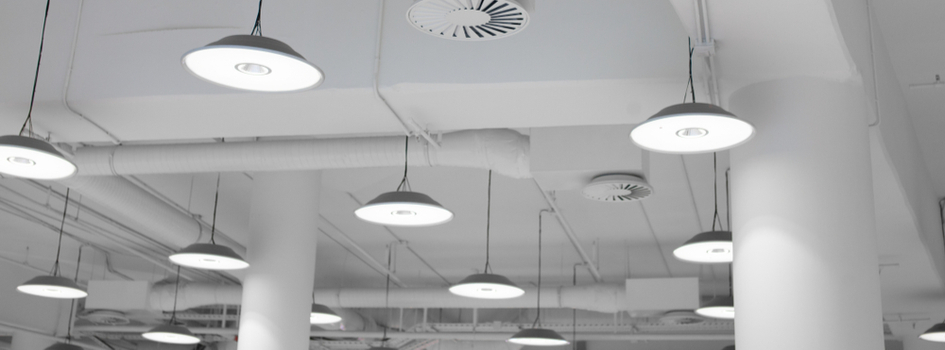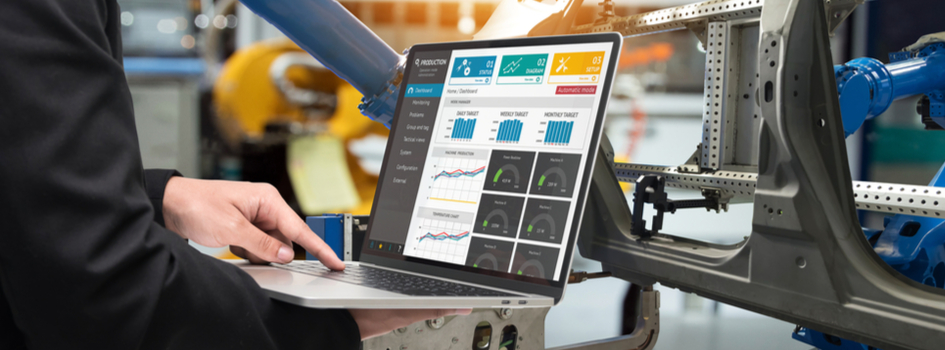
4 Ways Manufacturers Can Save Energy While Reducing Costs
Saving energy is a high priority for many industries, and manufacturing plants are no exception. The only question is, how do you focus on cost reduction and renewables at the same time? Here are four solutions that accomplish both.
Why Save Energy?
Reducing energy usage in your manufacturing plant can save your company thousands of dollars. This will allow you to put those saved funds towards other things like investing in new technology and equipment, hiring more staff, or even ramping up production. The possibilities are endless. Below, we’ve listed four steps you can take to save energy and cut down your facility’s operating costs.
1. Switch To Energy-Efficient Lighting
Each plant’s energy usage is unique and distributed differently. However, they all have one thing in common: light.
How This Saves Energy
Every workplace needs a light source, whether it be small lamps or large fixtures. Unfortunately, traditional lamps produce a significant amount of waste heat. On the other hand, LEDs are today’s most energy-efficient form of lighting technology. They use up to 90% less energy than traditional incandescent and HID lamps.

How This Reduces Cost
LEDs save you money by requiring less electricity to keep the lights on. Plus, LEDs radiate less heat, which means your air conditioning system doesn’t have to work as hard. If your industrial facility uses traditional light fixtures, consider converting to LED. This simple switch can provide major energy and cost savings in as little as one to two years. LED technology is available in many product types, including bulbs, fixtures, exterior area lights, undercabinet lighting, and more. They work great for indoors and outdoors and are highly durable for all kinds of environments and applications.
Below you’ll find a table showing the annual energy usage and cost savings we helped one of our clients achieve.

Contact the DXP Renewables team to see more case studies like this.
2. Have A Proactive Maintenance Strategy
Another contributing factor to wasted energy is improperly maintained equipment. Manufacturing plants should use predictive maintenance tools to prepare for maintenance and repairs. DXP’s Predict-Plus is a proactive rotating equipment monitoring tool that provides insight into assets’ health and performance.

How This Saves Energy
When equipment is not in prime condition, it won’t operate at maximum efficiency. For instance, when a motor is not properly lubricated, it can overheat or develop alignment issues. Both require the machine to work harder, and therefore, use more energy.
How This Reduces Cost
Condition monitoring technology significantly reduces net maintenance costs. With this kind of system in place, manufacturers see fewer expenses relating to spare parts, labor costs, and machine downtime.
3. Incorporate Heat Exchanger Technology
A heat exchanger is a system that facilitates the transfer of heat between two or more fluids of different temperatures. They are used in both cooling and heating processes for a variety of applications, including fuel gas conditioning systems, waste heat recovery units, heat/oil transfer systems, and more.
How This Saves Energy
Heat exchangers are critical elements in every manufacturing plant. They are used to transfer heat from systems where it is not being used to other systems that can utilize it. This reduces waste heat in the production process and improves a system’s overall energy efficiency.
How This Reduces Cost
If it’s not possible to reduce waste heat, reuse it! Heat exchangers reduce energy consumption which can bring significant cost savings to your operations. The immediate and long-term savings are very advantageous for manufacturing plants.
4. Use VFDs to Improve Operating Efficiency
Variable frequency drives (VFDs) save energy by varying the speed of an electric motor to precisely match the correct voltage required for the application.
How This Saves Energy
When a motor operates at an incorrect speed, it can cause imbalance, which leads to overheating, mechanical stress, and torque pulsations—all of which require extra energy. This is why VFDs should be installed on rotating equipment such as pumps, fans, and compressors. For example, decreasing the motor speed by just 25% can reduce energy consumption by nearly 60%.
How This Reduces Cost
Simply put, reduced energy means reduced costs. At DXP, we offer VFDs and automation to improve operating efficiency in pumps.
Partnering with the Right Company for your ESG Efforts
DXP understands that energy management is a top priority in the success and sustainability of your business. As a part of our Environmental Social Governance (ESG) initiative, we’re committed to helping our clients cut costs while reducing energy, water, and waste in their production processes.
DXP brings over a century of rotating equipment and packing expertise to the Renewable Energy market. We offer ESG-friendly solutions such as CO2 pumping and sequestration, fuel gas conditioning skids, condition monitoring technology, and more.
Contact us online today or call 1-800-830-DXPE for more information about DXP Renewables.
